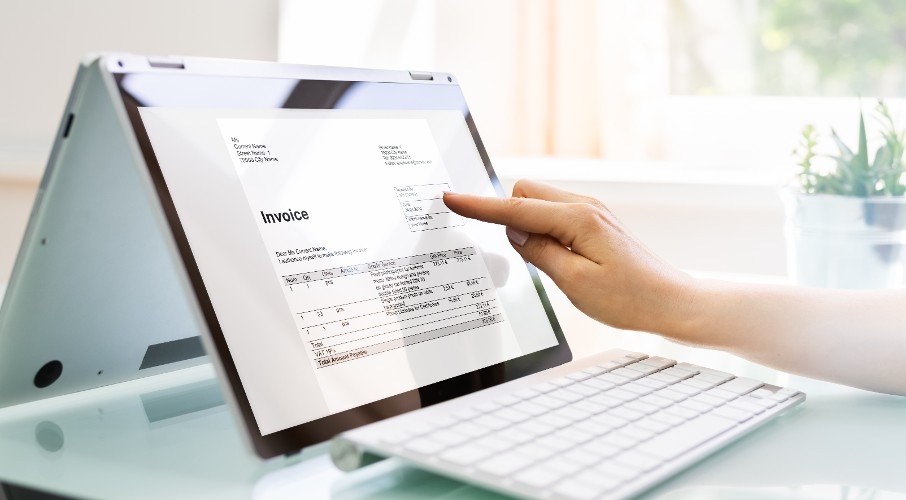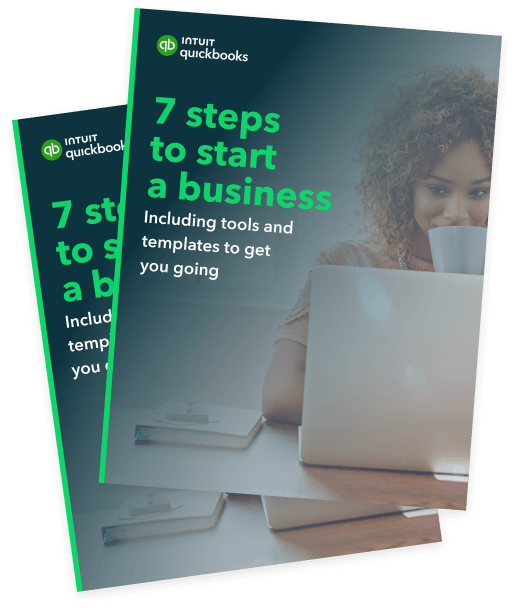Tax invoice best practices
Good invoicing processes help to keep your cash flow in check, maintain accurate accounting records and meet your tax obligations. Follow these best-practice tips:
- Know what to include in your tax invoices: This can differ from country to country, so check the rules with your local tax authority.
- Don’t skip the details: Make sure all the essentials are included and that your invoice is as easy as possible for customers to understand.
- Keep records: Maintain up-to-date records of all your invoices in a central location.
- Follow up unpaid invoices: Stay on top of invoice due dates to avoid payment delays that can negatively impact your cash flow.
QuickBooks’ invoicing software makes it easy to create professional tax invoices and accept payments in one place.
With QuickBooks invoicing features, you can send custom invoices, automate sending invoices to repeat customers, schedule automatic invoice reminders and streamline your record-keeping. Financial statements update in real-time, immediately reflecting shifts in your accounts receivable and bank account balances.
While every care has been taken to ensure the accuracy of the information presented as at 12 April 2024, Intuit is not providing you with professional advice and we recommend you obtain your own professional advice. Intuit is not liable for your use of the information presented.

















